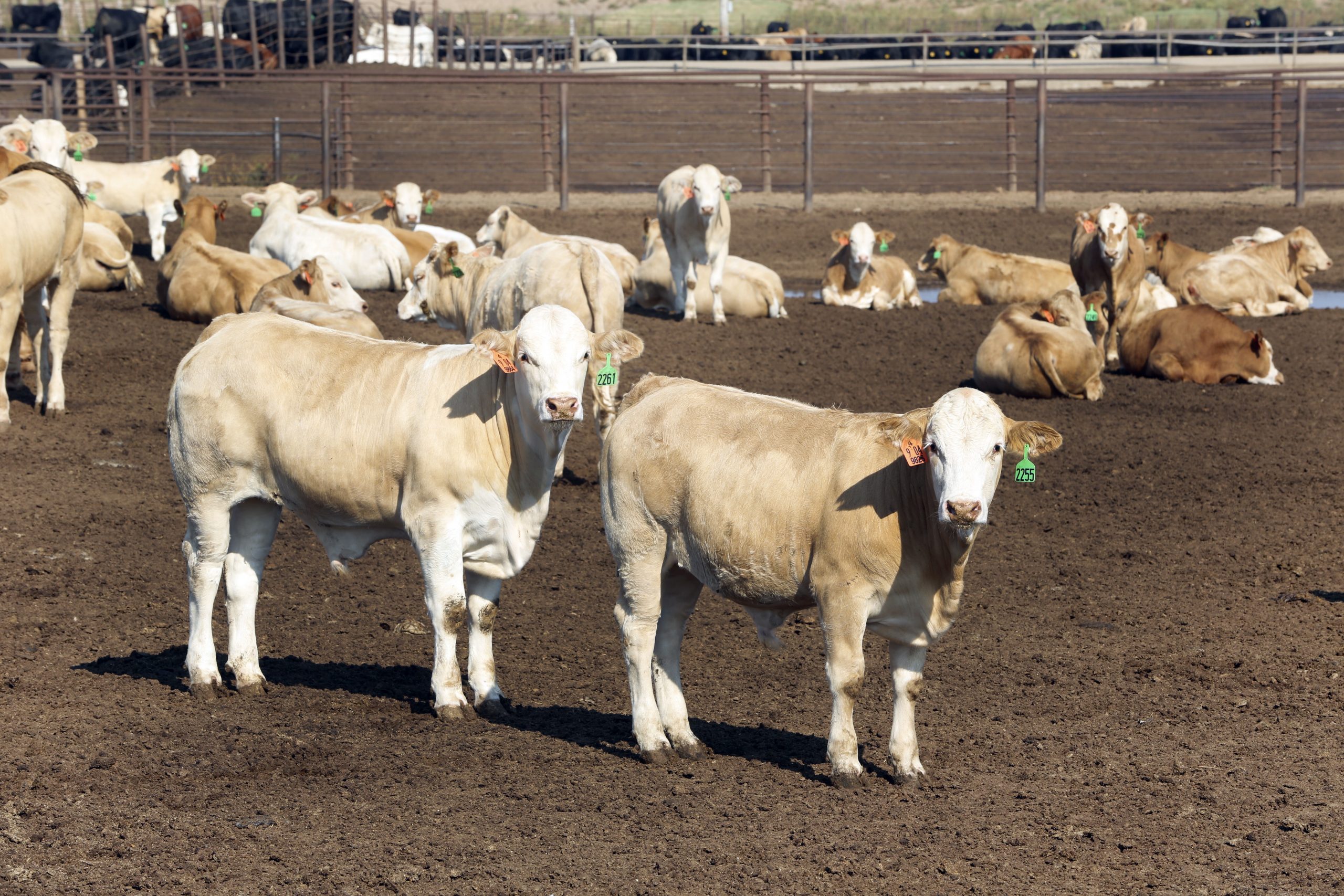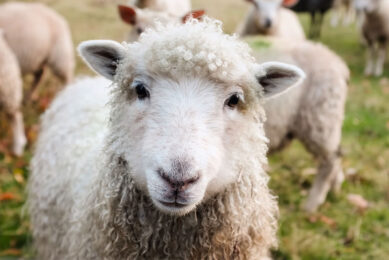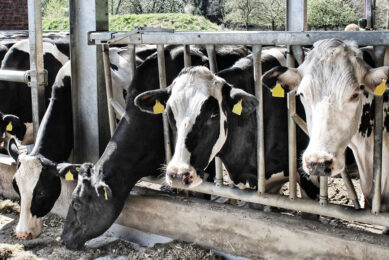Effect of feeder design on performance beef cows

Not only is the nutritional value, taste and smell important for good feed intake, but also the way the feed is presented has an influence. New research looked at this topic in beef cows.
The study was published in Animal Feed Science and Technology. In the intensive beef industry, concentrate is typically presented either as meal or as pellet and animals are commonly fed in self-feeders consisting of 4 feeding spaces and a capacity of 200 kg of concentrate. Optimising the utilisation of concentrate by manipulating the feeder design and/or presentation form of the concentrate may be profitable for the beef industry, as the nutrition represents the main production cost.
Therefore, Spanish researchers tested the effect of feeder design and concentrate presentation form on performance, carcass characteristics, and animal behaviour in fattening Holstein bulls fed high-concentrate diets. Different feeder designs (collective vs. single) and concentrate presentation form (meal vs. pellet) were used.
It was shown that the effects of feeder design and concentrate presentation form on performance differed depending on fattening period; however, no relevant effects on animal behaviour were observed. During the receiving period, calves fed pellet exhibited greater growth than those fed meal. Throughout the growing period, concentrate efficiency tended to be greater in animals fed pellets in a collective feeder, followed by those fed pellets in a single feeder, and, lastly, by those fed meal regardless of the feeder design. During the finishing period, concentrate intake was lesser and concentrate efficiency tended to be greater in bulls fed pellets compared with those fed meal. Bulls fed pellets in collective feeders tended to have greater hot carcass weight (HCW).
In conclusion, the best strategy to improve performance and concentrate efficiency is to feed animals in a collective feeder and present the concentrate in pellet form. Moreover, a single-space feeder with lateral protections was not a good strategy to diminish concentrate wastage, observed in a reduction of total concentrate intake, and improve concentrate efficiency during the finishing period when feeding meal.
Join 26,000+ subscribers
Subscribe to our newsletter to stay updated about all the need-to-know content in the feed sector, three times a week. Beheer
Beheer









 WP Admin
WP Admin  Bewerk bericht
Bewerk bericht